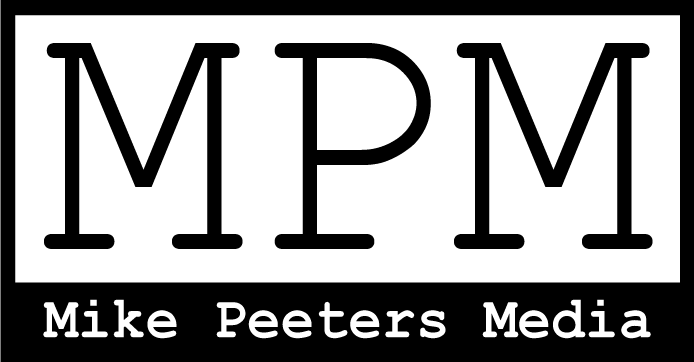How to write more effective blogs and gain more customers
Attracting new customers to your website isn’t easy.
There is huge competition out there in all industries and if you want your website to rank on the first page of Google, it requires a concerted, professional approach.
According to one of the world’s most successful copywriters, Neil Patel, this is a process, and by consistently following these three steps, you will likely find your blogs ranking in the top 10 spots:
Step One
Research what is currently ranking in the top 10 results of Google for the keywords you want to rank on
In other words, work out why Google should rank your blog in the top 10?
And this is where your keyword research comes in.
By using tools like Ubersuggest, you can begin to understand how users search Google.
This will also give you ideas about the types of content you should be writing.
For example, you might type in “investment banking” and find other keywords people are searching for, such as “investment banking salary,” “investment banking analyst,” and “investment banking jobs.”
Once you’ve made a list of relevant keywords, then it’s time to check out your competition. Through Ubersuggest, or by typing the keywords into Google, you can analyse the results that already feature in the top 10 to find out what makes them successful.
Things like:
How long is the content?
What topics do they discuss?
What type of domain are they (e.g. .com, .org etc)?
Google uses a complicated set of algorithms to decide what pages are at the top of the rankings, so looking at the competition gives you a good idea of what it’s looking for.
You can now take the aspects that make these pages successful and add your own personal touches to your posts about similar topics.
Step Two
Optimise for On-Page SEO
On-page SEO refers to the way you structure your page and its HTML to boost its chances of ranking.
According to Neil Patel, you can do this by including the above keywords in:
Headers
Meta descriptions
Image files
Page content
Alt text
And URLs.
But just ‘stuffing’ keywords into your text at every opportunity doesn’t look or feel natural, and it will put human readers off.
Therefore:
Don’t keyword stuff
Optimize images
Break your page down into easy-to-read sections
Avoid thin, vacuous content.
On-page SEO is the nuts and bolts of what you do with your blog, so it’s important to make sure you’re optimizing what you do each time.
Step Three
Create Helpful Content
Blogs offer value to the reader for many different reasons: they address pain points, answer a question, entertain, or some combination of the three.
This is where it’s important to understand your target audience and what they’re looking for:
Make your headlines concise yet catchy and draw people in.
Make it actionable: Give people the information they need to take action.
Provide answers: Providing good answers to search queries is the reason search engines send people to you.
Be accurate with your reporting and sources: Use reputable sources and check your information.
Be thought-provoking: Encourage people to explore the subject further.
Don’t just rely on text: Use images and video to appeal to more people.
Cut out the fluff: People want you to get to the point.
Lastly: keep updating your website and blogs: Keep your information relevant and up to date.
#mikepeetersmedia

